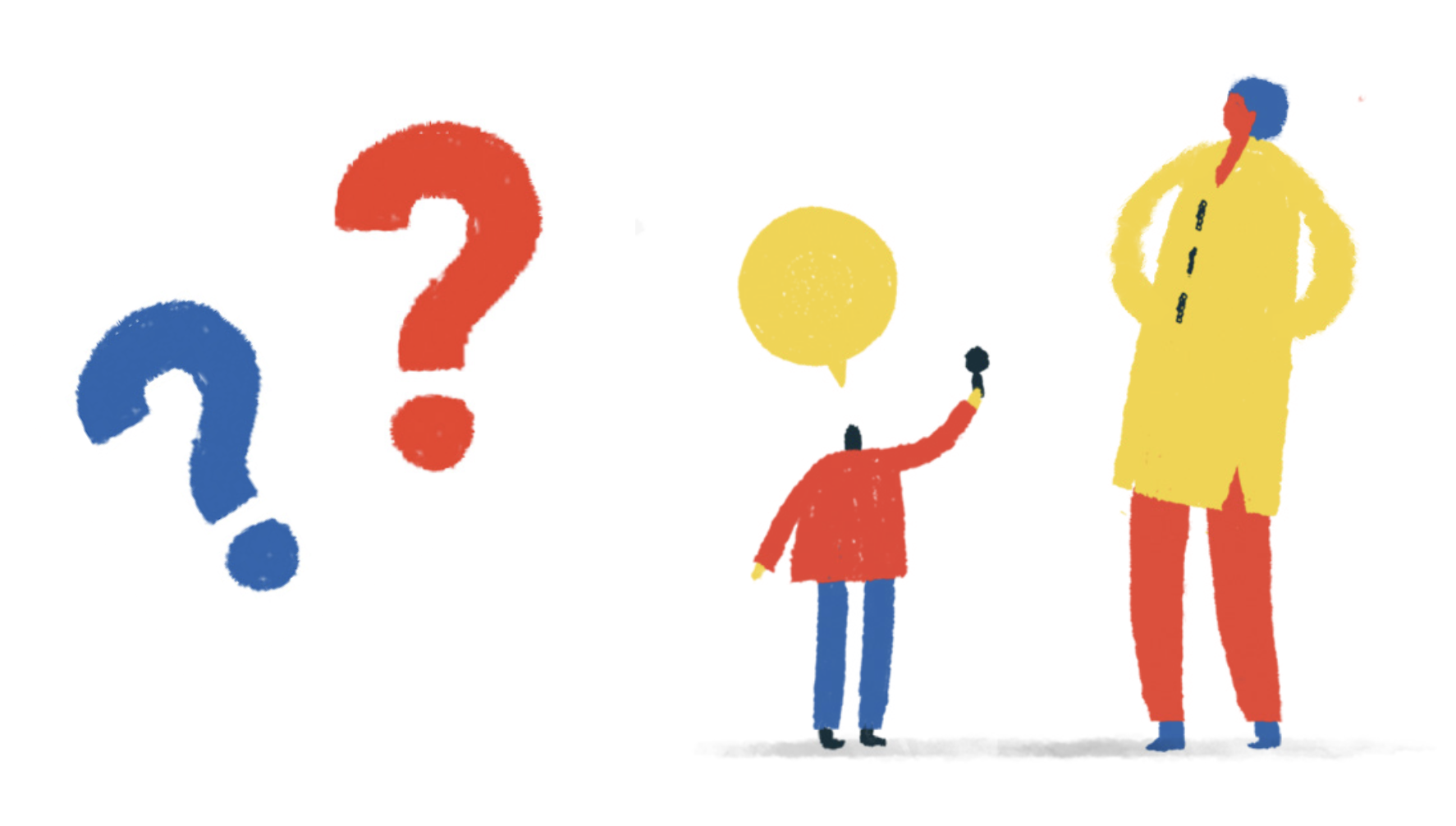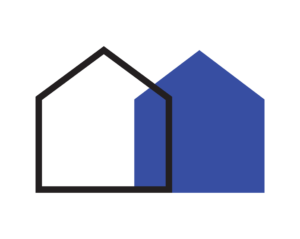The context analysis may cover some of the following aspects to gain a better understanding of children in relation to the built environment. Facilitators need to unpack these into more specific questions relevant to their local context. A number of tools to involve children and other stakeholders in the production of this information will be presented in the next steps.

Children and services:
What are children’s living conditions in this context?
What are the relevant dimensions of diversity (e.g. age, gender, ability) of the children and how do they matter in their everyday life?
Which services and infrastructures are available to the children and their families? What is the quality of these services and infrastructures? Are they safe? Are they (freely) accessible to everyone? How do they access them?
Which actors are targeting the needs of children affected by displacement: health, social, economic, shelter, aid, etc.?
Children and built environment:
How do children relate to the built environment? How do children access the spaces they inhabit or play in? How do they use the spaces they inhabit? Where do they play? Where do they spend time with friends? Where are the spaces where children feel safe and happy, and where don’t they?
What are the place-making practices in spaces relevant to the intervention?
What is the cultural understanding of children’s spaces in this context?
Where do these families feel safe with the children? Where would parents feel comfortable sending their children?
What makes a space safe, from the point of view of both children and their caregivers?
Culture and history:
- What existing socio-cultural practices, beyond the intervention site, link to project objectives?
- What are the community’s social and cultural values that shape everyday life and social relations?
- How is childhood viewed by society?
- How are displaced people integrated (or not) into society now and historically? What are relations like between displaced and local people? What are the attitudes towards displaced people?
- What are the personal histories of displacement? What are the changes of spatial experiences before and after displacement? For example, before displacement children might have attended a formal school in a building, but after they were displaced, they attend an informal school in a tent.
As another example, children who lived in rural settings might have had freedom to access fields, gardens and parks in their home countries before displacement whereas now they are confined to their small apartments (in urban settings) isolated from their communities and green areas.
Legal framework:
- What is the legal status of the displaced populations (for example: right to work, right to reside, etc.)? How does the legal status differ from one community to the other?
- What is the legal framework for built interventions for displaced populations in this context? (for example, in Lebanon no permanent structures can be built to house Syrian refugees)
- How do these legal frameworks impact the daily lives of people?



